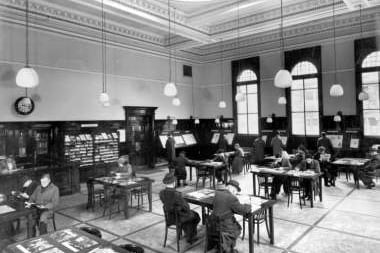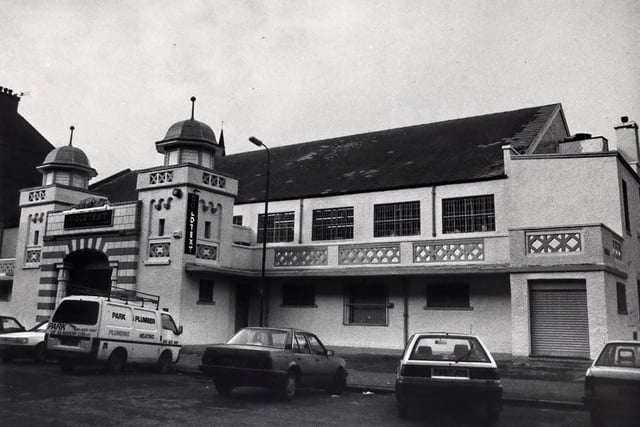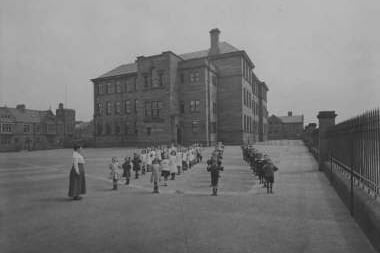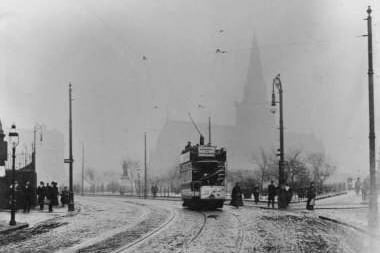Govanhill is an ever-evolving part of the city - a space in the southside that is now the most multi-cultural space in the entirety of Scotland - but was once the project of a Victorian iron-works baron, the history of Govanhill is certainly interesting, and it's one we want to look back at today.
The boundaries to Govanhill as we know it were constituted in 1877 - before then a company village stood in its place known as 'Fireworks Village'. The aforementioned company was 'Dixon's Blazes' an iron-works based nearby - the village was intended to house the workers in Dixon's 'Little Govan Colliery'.
Govanhill's main avenue, Dixon Avenue, lends its name from the head of the ironworks - while the names of some prominent streets were named after Dixon Jr's daughters - including Daisy Street and Annette Street. Allison Street on the other hand is thought to be named after Sir Archibald Allison, Sheriff Principal of Lanarkshire.
The burgh of Govanhill was absorbed by Glasgow 1891 - some 14 years after it was initially declared a burgh - such is the encroaching tide of industrialisation. Govanhill grew with Glasgow, expanding west of Victoria Road to become joined to Strathbungo via urban sprawl.
The concept of Govanhill only becoming more diverse and multi-cultural in recent years is somewhat of a fallacy - the scheme has always been a welcoming space for Glasgow's newest arrivals.
For a quick history of migration to Govanhill, check this: migration started with people from the Highlands and Lowlands of Scotland; from England (workers from Shropshire to carry new techniques at the iron works), from Ireland (particularly County Donegal); Italians, Jews fleeing persecution in Eastern Europe, people from the Punjab and other parts of the Indian sub-continent.
The newest communities include former asylum seekers and refugees and – most recently – migrants benefiting from Enlargement of the European Union (prior to Brexit) originating from Poland, Slovakia, the Czech Republic (2004) and Romania and Bulgaria (2007).
Even more recently you'll find large detachments of hipsters in the Southside scheme - not content with the West End after finishing uni, they want to see the real Glasgow - and who can blame them for choosing Govanhill?
Govanhill certainly is a scheme with a story to tell - take a look below at some old pictures of Govanhill and see how much the scenes have changed since then.
Most of the pictures below have been supplied via the Mitchell Library's online archive service - you can check out their massive collection of Glasgow heritage pictures by clicking here, The Virtual Mitchell.

1. Govanhill Library
Inside the reading room at Govanhill Library on Langside Road in 1956.

2. Govanhill Picture House
Govanhill Picture House is an Egyptian themed picture house which has stood the test of time. While only serving as a filmhouse on the odd special occasion nowadays - it has outlasted most if not all of the picture houses of its era.

3. Sir John Neilson Cuthbertson (1916)
Children at drill during the early 20th century at the Sir John Neilson Cuthbertson Public School

4. Southside Trams
A tram travelling through Govanhill
